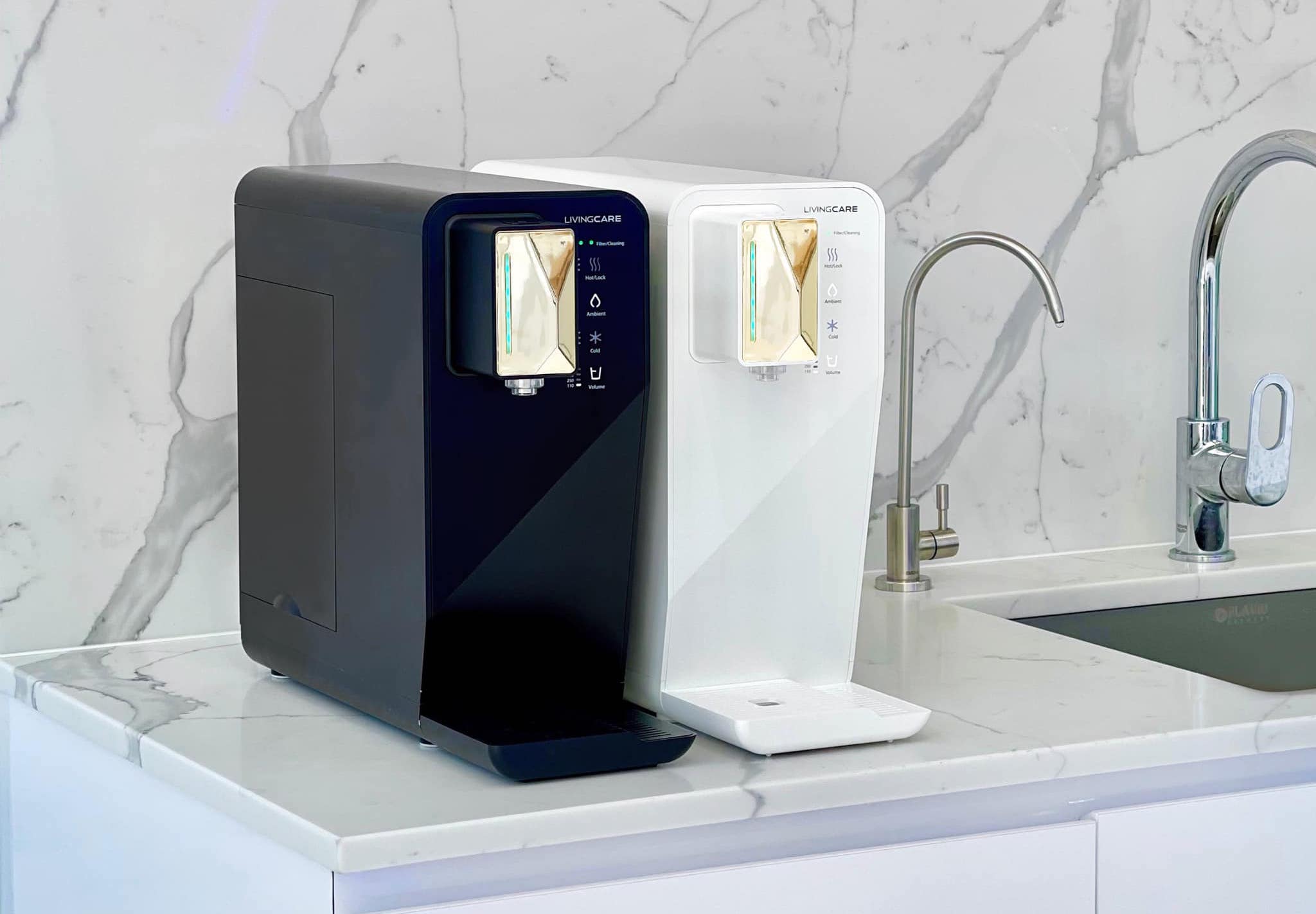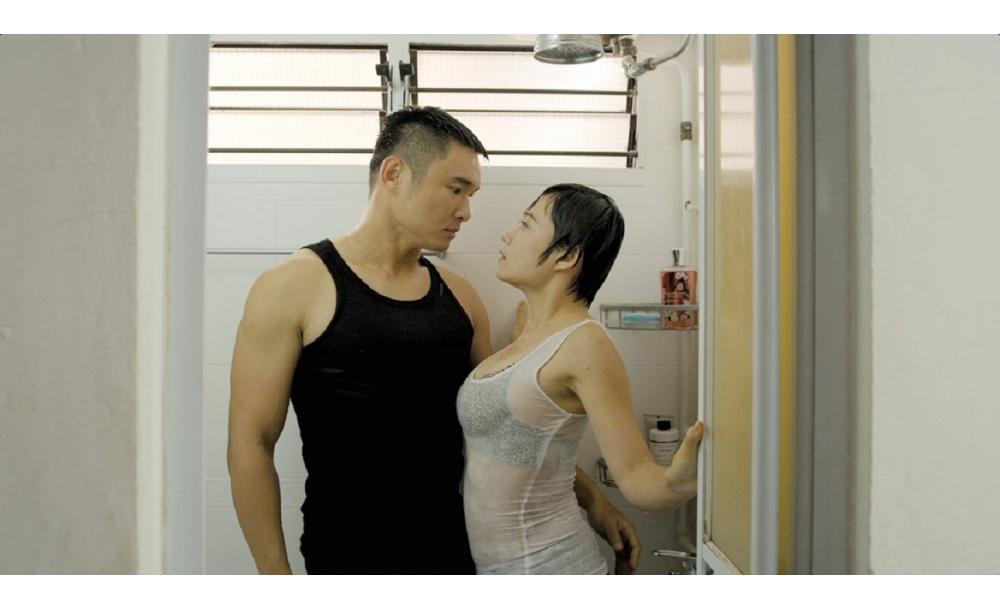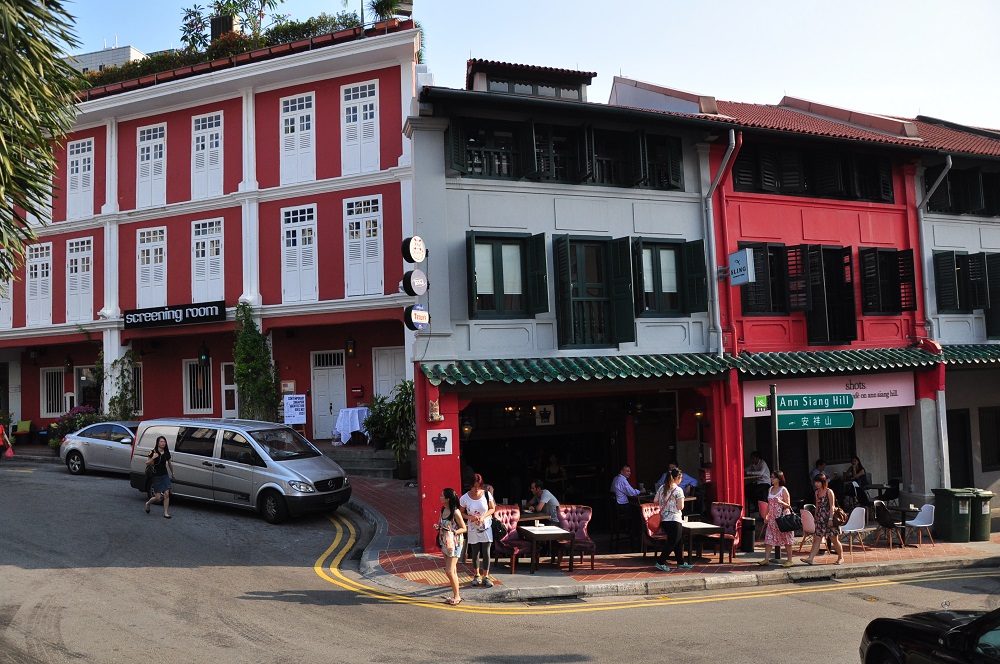“Keep your friends close and your enemies closer” isn’t often an adage that’s practiced in real life. At the newly opened Paperwork co-working space, however, it’s a necessary innovation that’s working out perfectly for the company.
The co-creation space targeted at designers and design-preneurs actually functions as a secondary business for parent company and design collective Paperspace. Aptly housed in the National Design Centre, it opens officially today (Mar 8), just in time for the annual Singapore Design Week.
The lines distinguishing Paperspace from Paperwork are often hazy—something co-founder and director Narita Cheah acknowledges herself. To clear things up: the former is a multi-disciplinary design collective that takes on client-based design projects; the latter their co-working space, created precisely to connect the right people and designers to work on those very projects. Paperwork in Singapore is the third space so far, after successful launches in Manila and Bangkok.
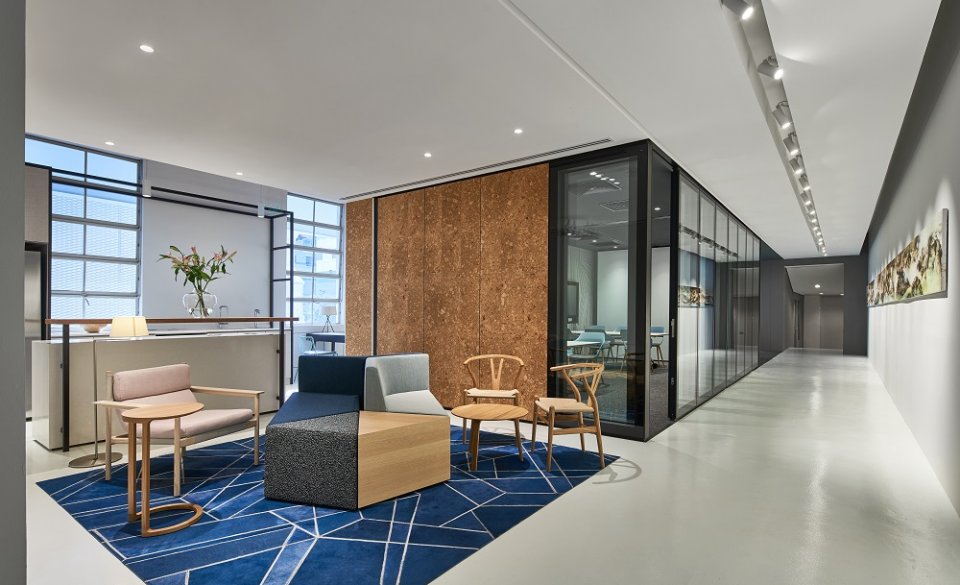
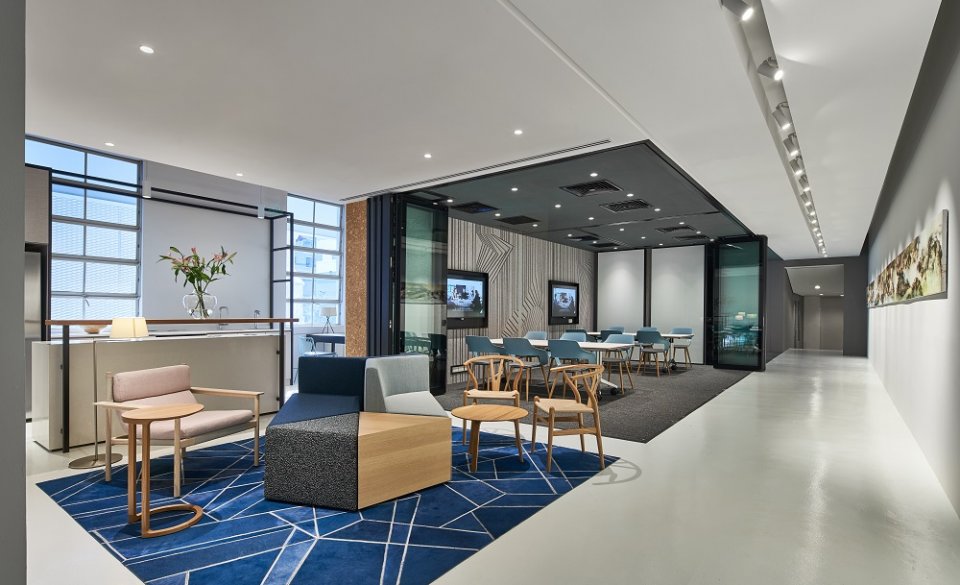
Movable partitions in Paperwork Singapore make the space fluid
Even before its official launch, Paperwork Singapore has fulfilled 20 percent pre-committed tenancy, from design studios and creatives such as Graphite Studio, Independent Consultants, Just Sketch and M.lab Project. Funnily enough, some of these tenants were in fact former competitors of Paperspace.
But there’s no malicious intent to putting everyone together. On the contrary, Paperwork’s goals are idealistic. According to Cheah, 41, it’s about pooling resources so everyone can grow together, and achieve greater things in the industry.
She recalled a meeting when two of the studios came together to discuss their pitches for a project. After both had presented, one company turned to the other and asked: “How did you get your cost so low?”, to which the other replied: “Lazada!” For Cheah, it was an eye-opening moment of solidarity. “In the industry there’s no such thing as secrets; there’s no ceiling when it comes to learning,” she said.
Hence, Paperwork brings together various design studios, independent designers and freelancers in a physical space—where they can bounce ideas off each other, clarify even the nitty-grittiest of queries, and simply share knowledge.
For the Malaysian-born Director, who left to pursue architectural and interior design in London after finishing her O’ Levels, Paperwork is a much-needed platform for the creative community here—especially given the common criticism that Singaporeans aren’t creative.
“I tend to agree, but I feel that it’s not their fault. Because the education programs are somewhat dictated, and I felt that tremendously going to school in Malaysia, during my college years,” she said. “The art scene and education (here) still have a long way to go, in terms of guiding and not telling; it’s a very different way of teaching. When you guide you inspire; not do this, do that.”
Little steps Paperwork Singapore is taking to improve that include hosting public forums and workshops for students and adults alike. An upcoming Tech Meets Design forum on Mar 9 hopes to encourage students’ interest in virtual reality and new software.
Contributions to the industry aside, it seems strength in numbers is the best way forward to building a brand. “We didn’t want to be another small studio doing small work,” Cheah explained. And it’s paid off—they recently brought on techie bigwigs Facebook and Google as clients, winning the pitch to design offices for the former in Jakarta.
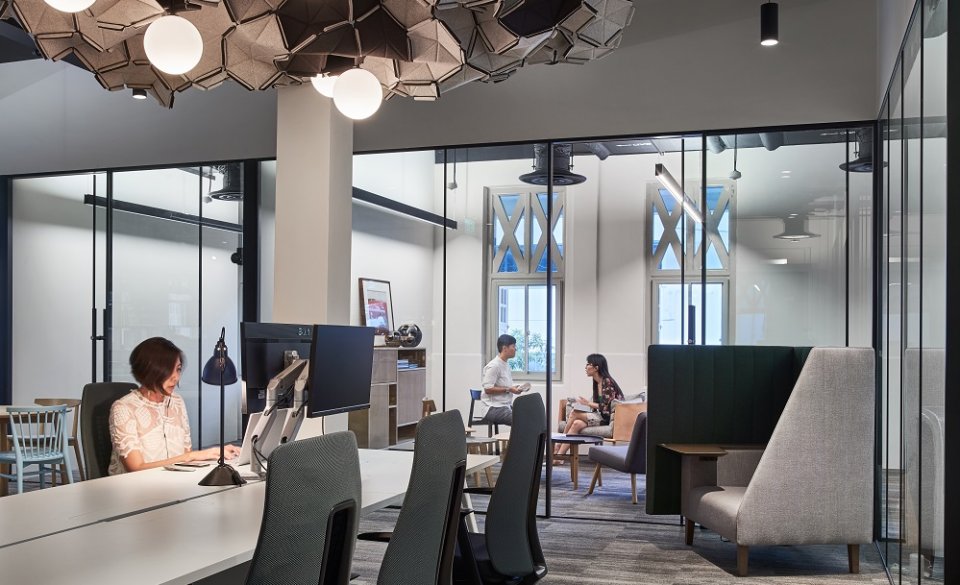
Inside Paperwork’s offices
Getting a space at Paperwork hence means greater opportunities for everyone. When Paperspace takes on a new project, they pool ideas and people across all three co-creation spaces in the region, to form their dream team. If anything, the potential for collaboration is the space’s biggest draw.
Still, don’t expect a string of new outlets to be popping up any time soon. While Paperspace has received enquiries to open co-working spaces in countries like Seoul, Jakarta and China, Cheah wants to take things slowly. “Having seen what has happened in the big firms that started out humbly, I don’t want to become this corporate, all-consuming thing,” she said. “I don’t want to lose this uniqueness by doing ‘the McDonalds.’”
For now, then, it seems your best bet is snagging a space at the National Design Centre. Occupying half the third floor, the space has a maximum capacity of 60, spread across standing desks, hot desks, meeting areas and private offices. Movable partitioning and modular furniture make redecorating to accommodate meetings, working capsules and private spaces easy.
And while Paperwork’s anchor tenants are design studios, the space welcomes creatives of all fields—whether you’re a one-man-show consultant or a full-fledged company. Cheah shared that a photographer who’d been working out of his home studio for 15 years recently came onboard, after feeling “so suffocated by himself”.
“[As a community of designers] I think we’re out there,” she confirmed. “It’s just that slowly people need to understand that in order to grow that we need to come together like nuclei. We can’t change the world ourselves, we need a few more.”
Paperwork is located at National Design Centre, #03-01. More information here.



